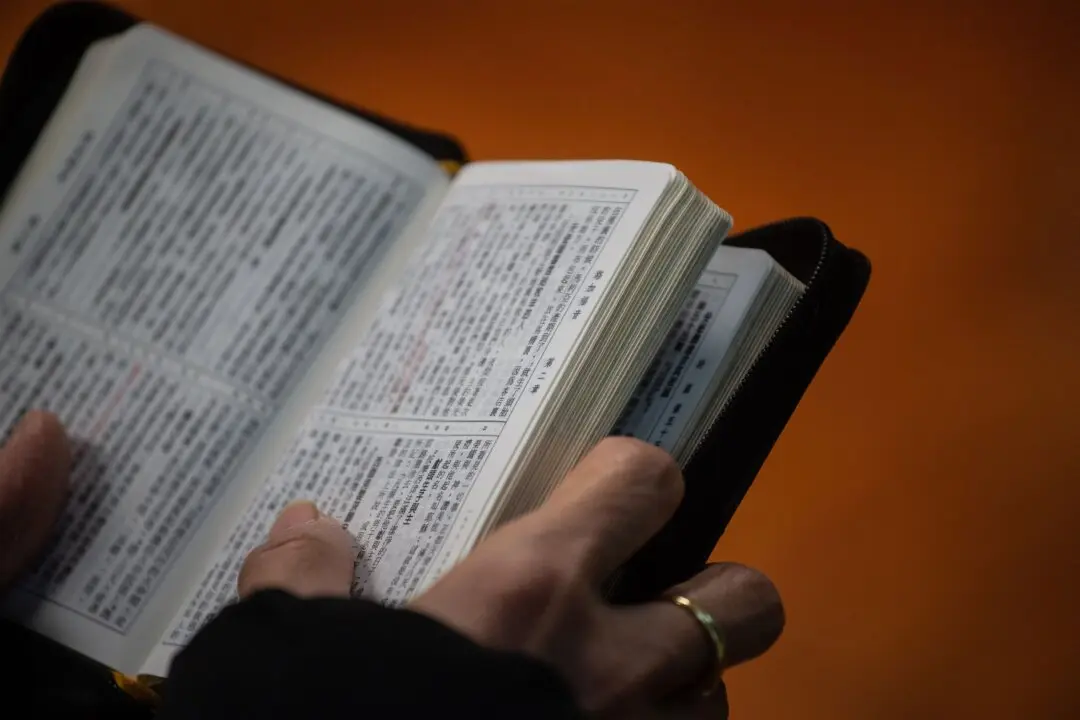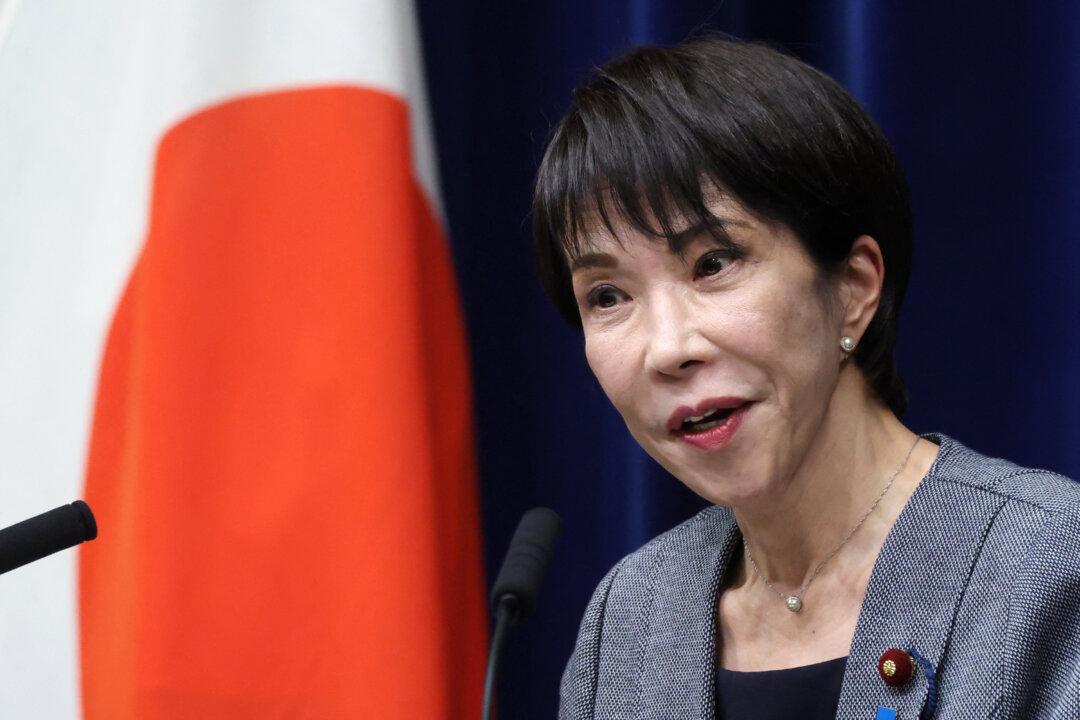“Good good good sure sure sure right right right yes yes yes,” someone wrote on Weibo, China’s equivalent to Twitter.
The post may not sound like it was written by someone in a bad mood, but on the tightly controlled Chinese internet, the seemingly positive message is one of many ways the Chinese people are displaying their defiance toward the Chinese Communist Party (CCP).




